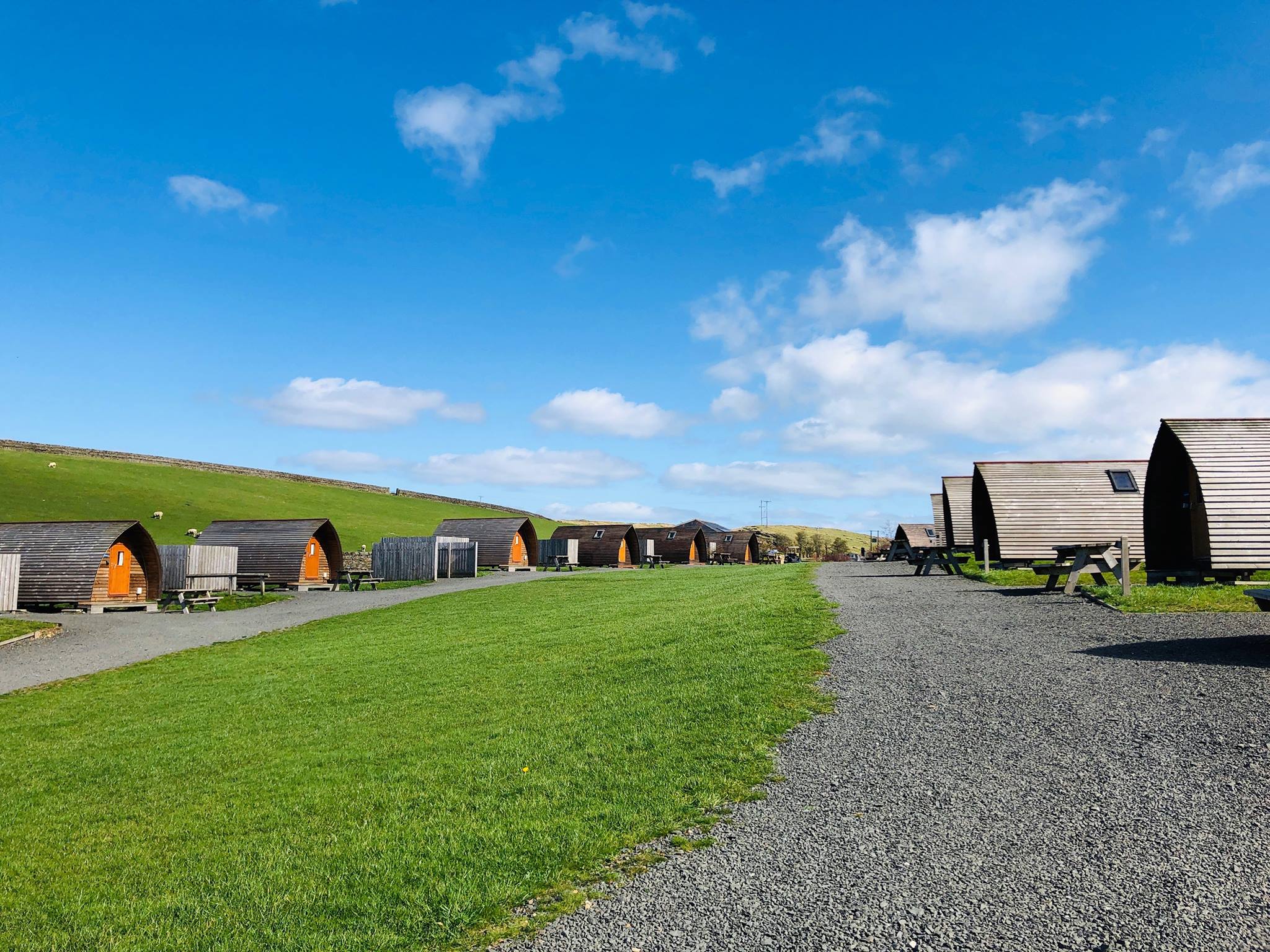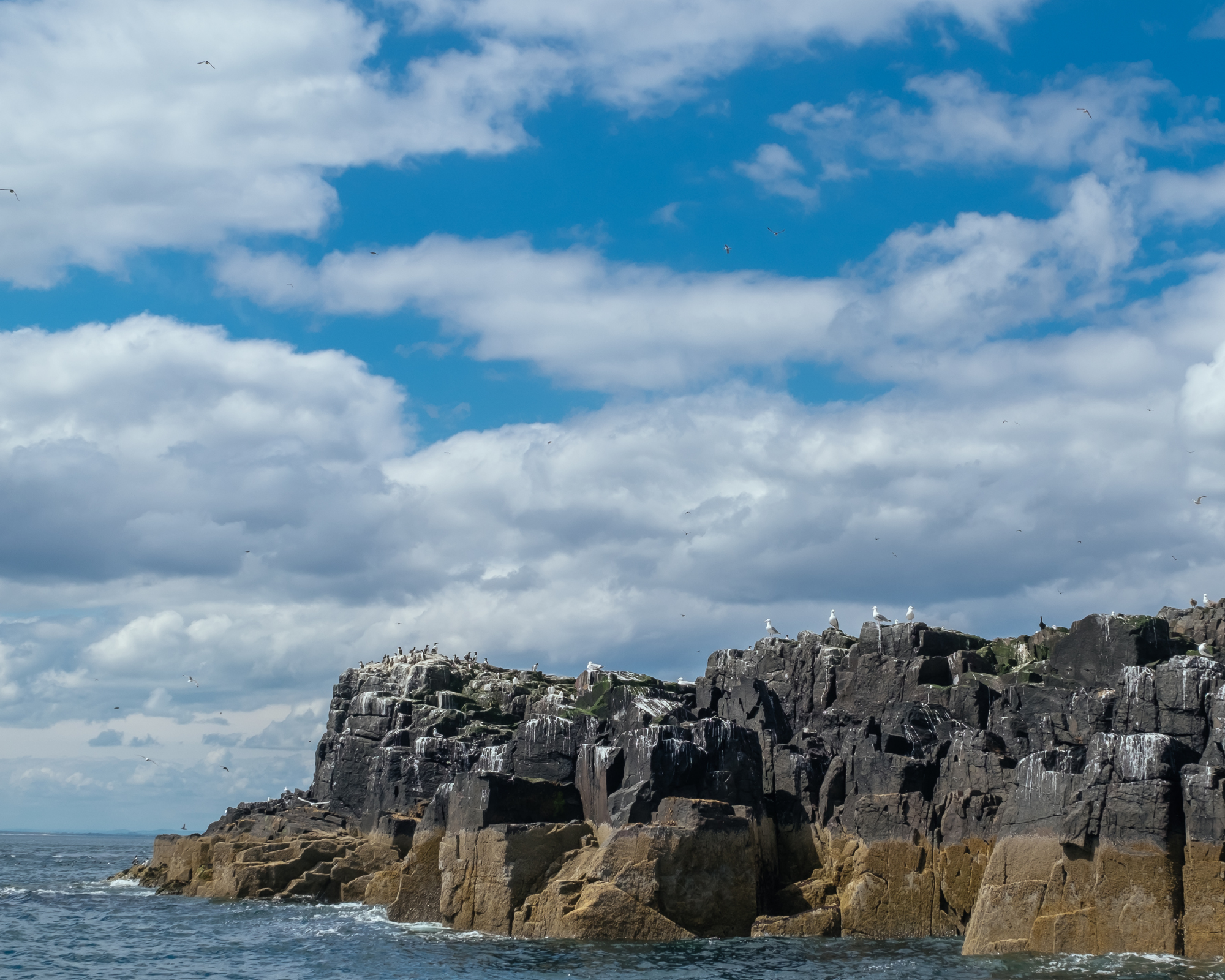Is Herding Hill Farm in Northumberland or Northumbria?
What is the difference between Northumberland and Northumbria?
Whether you are looking for a camping trip in Northumberland or a Northumbria glamping, our 5 star campsite Herding Hill Farm is an ideal location for exploring all that England’s most Northern county has to offer.
But if you came to visit us would you tell your friends you were visiting a Northumberland campsite or a Northumbria campsite? Northumberland is the official county name, yet one of the most prominent educational establishments in Newcastle calls itself the Northumbria University. Northumbria is not the official name for the UK region of North East England. Confused?
Let us help you understand the differences between Northumberland and Northumbria.
What is Northumbria?
- Northumbria was an early medieval Anglo-Saxon kingdom in what is now Northern England and south-east Scotland
- Northumbria was established in 653 from union of two pre-existing Anglo Saxon kingdoms - Bernicia in the North and Deira in the South
- The name Northumbria derives from the Old English “Norþan-hymbre” meaning "the people or province north of the Humber"
- At its height, the kingdom of Northumbria extended from the Humber, Peak District and the River Mersey on the south to the Firth of Forth (now in Scotland) on the north. This means that two of our campsites essentially offer Northumbrian camping pods as our sister Edinburgh campsite Drummohr in Musselburgh, East Lothian would both have been in Northumbria

- In the mid-tenth century, part of Northumbria was absorbed into the medieval kingdom of Scotland and the rest joined England to become historic Northumberland and county palatine of Durham. Today, Northumbria usually refers to a smaller region of North East England corresponding to the counties of Northumberland, County Durham and Tyne and Wear.
- The term Northumbria is now more commonly used to refer to North East regional bodies or institutions such as Northumbria Police or Northumbria University.
- One of the best-known terms using Northumbria is the Northumbrian smallpipes (also known as the Northumbrian pipes). These are bellows-blown bagpipes from North East England, where they play an important factor in the local musical culture. They are quieter than traditional Scottish bagpipes.
.png)
What is Northumberland?
- The county of Northumberland in North East England included Newcastle upon Tyne until 1400, when the city became a county of itself and subsequently became part of Tyne and Wear
- The county town of Northumberland is Alnwick
- Northumberland is noted for its undeveloped landscape of high moorland and its international dark skies, now largely protected as the Northumberland National Park
- Northumberland is the least densely populated county in England
- Northumberland has more castles than any other part of England hence why we call our glamping pods in Northumberland our Castle Pods
- Northumberland has its own flag, with a shield of arms inspired by Bede's brief description of a flag used on the tomb of St Oswald in the 7th century. Northumberland's county flower is the bloody cranesbill (Geranium sanguineum).
Northumbria Camping
Whichever term you prefer, why not take a Northumbria camping trip to Herding Hill Farm to explore England’s 6th largest county by area. Northumberland, or Northumbria as it is also known, has magnificent and stunning landscapes just waiting to be explored. Choose from:
- Mystical castles
- Sights of historical interest such as Hadrian’s Wall
- Atmospheric ruins
- Spectacular coastal scenery
- Wonderful wildlife and Northumberland nature
- Some of the best walking, climbing and cycling in the country
- Northumberland National Park encompassing miles of breath-taking countryside, including Kielder Forest and the Cheviot Hills.
There is something wonderful to see at every turn of Northumbria. At our Northumbria campsite guests can enjoy:
- A range of Northumberland accommodation including tent and touring pitches, Wigwam cabins, glamping pods with hot tubs and a lodge with hot tub
- Child friendly facilities with animal petting farm and children's playground
- 5 star amenities including sauna for hire and indoor campers kitchen

